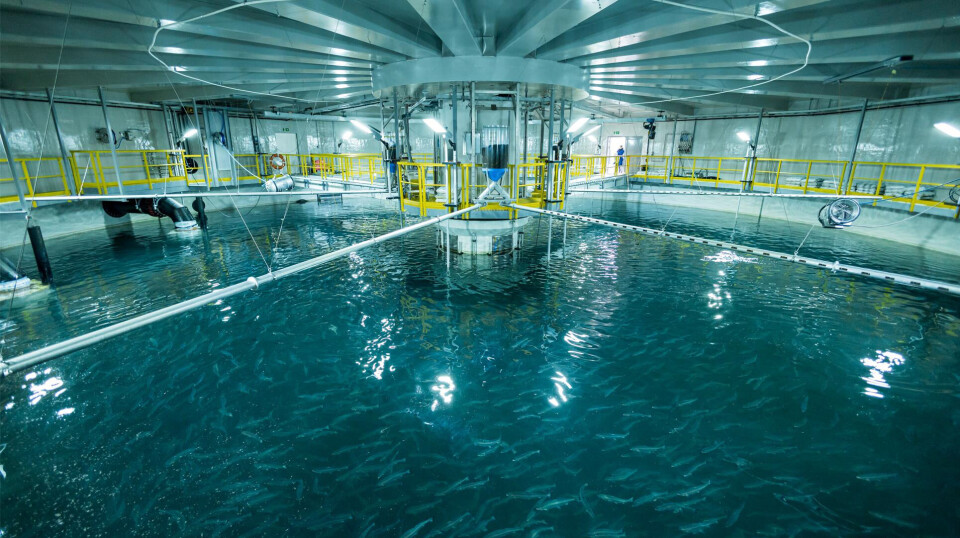
Salmon Evolution will treat fish with fresh water after suspected AGD outbreak
Land-based fish farmer has advanced second harvest and ramped up biosecurity
Land-based fish farmer Salmon Evolution will this week start freshwater treatment of fish suspected to be challenged by amoebic gill disease (AGD).
The company announced on 29 April that mortality levels – previously at very low levels - had increased in some batches at its facility at Indre Harøy in the north of the western Norway region, with aggregated mortality level for each batch ranging from 0.3% - 7.9%.
In a market announcement today, Salmon Evolution said it has brought forward harvesting of some batches and secured fresh water for treatment. It is also strengthening UV (ultra violet) treatment of intake water at the facility, which used a hybrid recirculation and flow-through system.
Strong product quality
“Harvesting of batch 2 started last week and two out of four tanks have now been harvested out, yielding about 310 tonnes HOG (head on gutted). The harvest confirmed strong product quality, evidenced by a superior grade share of more than 90%. The fish has subsequently been sold at attractive prices. The last two tanks containing batch 2 will be fully harvested out this week, about one month ahead of the original plan,” stated Salmon Evolution.
“The Company continues to see elevated mortality levels for one of the subgroups in each of batch 3 and 4, but the situation has stabilised somewhat over the last week. Batch 5 continues to see low mortality levels and normal feeding.
“The investigation into the root cause for the increased mortality levels continue, but the Company has strong indications that AGD is the triggering cause. AGD is a common challenge for the conventional salmon farming industry and there are well proven treatment methods, namely by using fresh water. The Company has therefore secured relevant capacities and plans to start freshwater treatment this week with the aim of normalising the situation and thereby avoiding early harvest of the affected subgroups in batch 3 and 4.
Enhanced cleaning
“In parallel, the Company is implementing measures to minimise the risk of such problem in the first place, including but not limited to applying a substantially higher UV disinfection dose and enhanced cleaning and disinfection of emptied tanks and connected systems.”
Salmon Evolution said its stocking plan for new batches remains unchanged, with two new batches planned to be stocked during the second quarter and another three batches during the second half of 2023.
Salmon Evolution expects to achieve steady state production of 7,900 tonnes HOG in phase 1 of its Indre Harøy facility in about a year,
A second phase will add another 7,900 tonnes HOG, and a larger third phase will take capacity to around 31,500 tonnes HOG.
The company is searching for a site for a 31,500-tonne land-based salmon farm in North America, and has a joint venture with Korean company Dongwon Industries to produce 16,800 tonnes HOG of salmon annually in South Korea.






















































